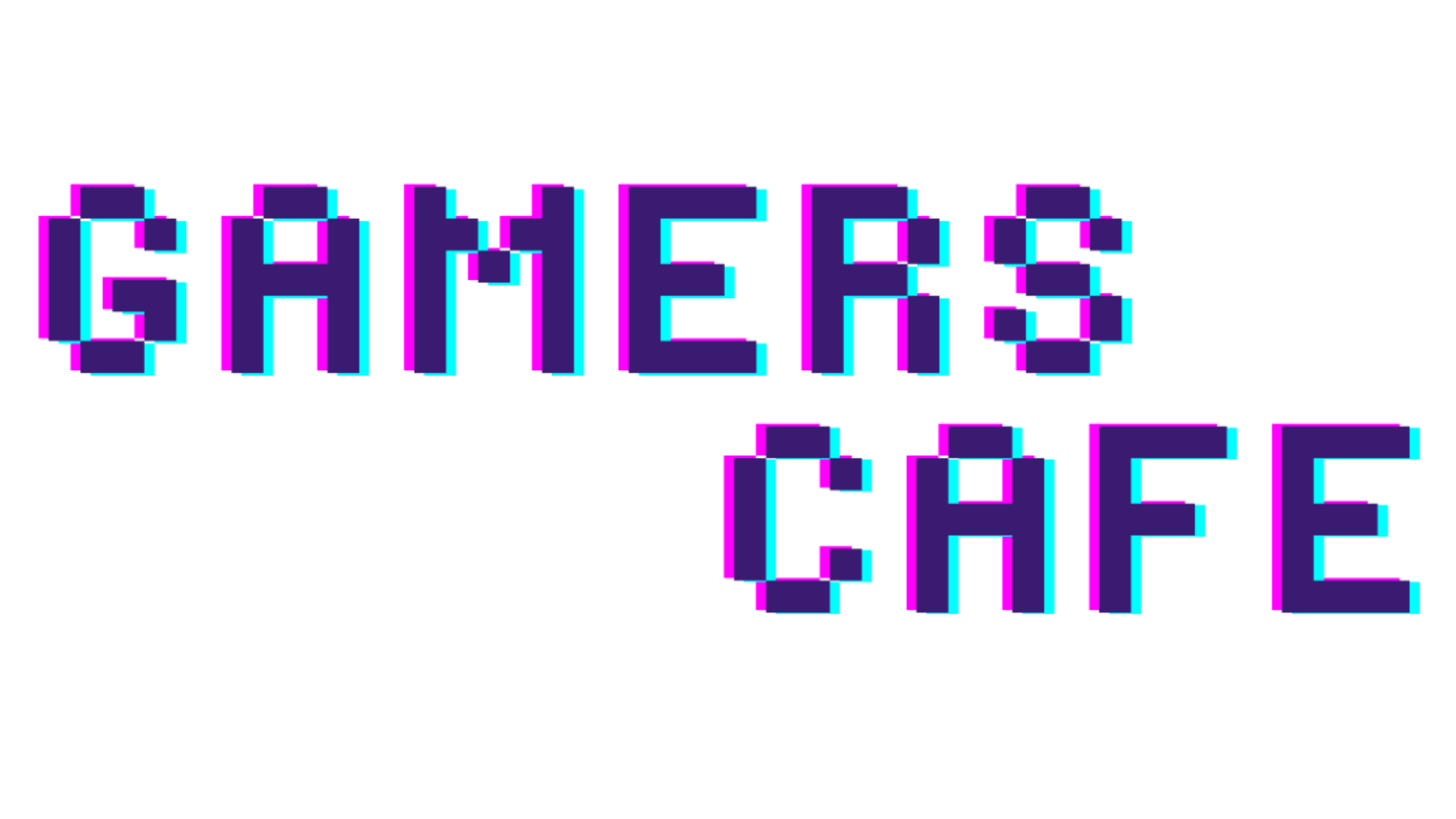Fix Blue Screen Error 0x0000007B (INACCESSIBLE_BOOT_DEVICE)
How to Resolve Blue Screen Error 0x0000007B (INACCESSIBLE_BOOT_DEVICE)
The 0x0000007B blue screen error, commonly known as INACCESSIBLE_BOOT_DEVICE, is a critical startup error that prevents Windows from booting. This error means that the operating system has lost access to the boot device—the hard drive or SSD from which it is trying to load. It is often caused by driver issues, hardware changes, or a corrupted boot configuration.
This guide will walk you through a series of solutions to get your system to boot correctly again. You will need a Windows installation media (USB drive or DVD) to perform most of these steps.
Understanding the Error 0x0000007B
This error is a direct signal that Windows cannot access the hard drive that contains the operating system. The most frequent causes are:
Driver Issues: The most common cause is a change in the storage controller driver (e.g., from IDE to AHCI or RAID) in the BIOS/UEFI settings, or a corrupted driver.
Corrupted Boot Configuration Data (BCD): The boot files are damaged, so Windows cannot find the necessary boot information.
Faulty Hardware: The hard drive itself or the SATA/M.2 cable connecting it to the motherboard may be failing.
Malware: A virus or other malicious software has corrupted the master boot record (MBR) or boot sector.
Step-by-Step Solutions
You’ll need to boot your computer into the Windows Recovery Environment (WinRE) using your Windows installation media to access these tools.
Solution 1: Check the BIOS/UEFI SATA Mode
This is the most common fix, especially if you recently changed your BIOS settings. The SATA mode must match the mode used when Windows was installed.
Restart your computer and enter your BIOS/UEFI setup (often by pressing a key like F2, F10, Del, or Esc).
Navigate to the storage or SATA configuration settings.
Change the SATA Mode from IDE to AHCI (or vice versa) and save your changes.
Restart your computer. If the error is fixed, you’re done.
Solution 2: Rebuild the Boot Configuration Data (BCD)
If the boot configuration files are corrupted, you’ll need to repair them using the Command Prompt.
Boot from your Windows installation media and select “Repair your computer”.
Go to Troubleshoot > Advanced options > Command Prompt.
Type the following commands in order, pressing Enter after each one:
bootrec /fixmbr
bootrec /fixboot
bootrec /rebuildbcd
When prompted with “Add installation to boot list? Yes/No/All,” type Y and press Enter.
Close the Command Prompt and restart your computer.
Solution 3: Run CHKDSK to Repair Disk Errors
The chkdsk tool can check your hard drive for bad sectors and file system errors that might be causing the problem.
Open Command Prompt from the WinRE menu (see Solution 2).
Type the following command and press Enter:
chkdsk C: /f /r
(Replace C: with the letter of your Windows drive.)
The scan may take some time. After it’s complete, restart your computer.
Solution 4: Use the System File Checker (SFC) and DISM
If the issue is caused by corrupted system files, the SFC and DISM tools can help repair them.
Open Command Prompt from the WinRE menu.
Type sfc /scannow /offbootdir=C: /offwindir=C:windows and press Enter.
After the SFC scan, type DISM /Image:C: /Cleanup-Image /RestoreHealth and press Enter.
Restart your computer.
Frequently Asked Questions
Q: I don’t have Windows installation media. Can I still fix this?
A: No, you’ll need it to access the necessary recovery tools. You can create one from a working computer by downloading the Windows Media Creation Tool from Microsoft’s website.
Q: Could a recent driver update cause this error?
A: Yes. If you recently updated a storage driver and the error appeared, you might need to try a System Restore from WinRE to a point before the update.
Q: I tried everything, and it’s still not working. What’s wrong?
A: If all software solutions fail, the problem is most likely a hardware failure—the hard drive itself is dead, or the connection cable is faulty. In this case, you will need to replace the hardware.
Conclusion
The 0x0000007B blue screen error is a severe boot failure, but it is often fixable. By checking your BIOS settings, rebuilding your boot configuration, and using powerful tools like chkdsk and bootrec, you can resolve most software-related causes. If these steps do not work, the problem is likely hardware-related, and you should consider professional assistance or replacing the hard drive.
Kaynaklar













